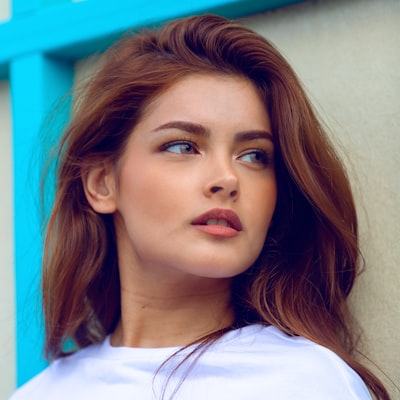What Happens To Bermudagrass In Winter

By now, you�ve absolutely observed that your bermudagrass has gone from a lush green to a yellow or straw colour. Aside from searching of the ordinary, it is a fully regular section of bermuda grass�s life cycle. When bermuda grass not growing begins to show tan it�s simply going right into a dormant (non-growing) state. The reason it does this is to defend itself from the harsh and cold situations that it�s about to endure. Typically, it only occurs in the cooler months, however grass can also go dormant in the course of the summer because of too cold or too heat temperatures. Although that makes it appear delicate, bermudagrass is a few of the heartiest sod you presumably can have in your yard.
If you have been to spill gasoline on fescue, or tall-type grass, it will harm it to such a level that it could presumably kill it. Now if you spill gasoline on bermuda it will doubtless flip gentle brown for a bit, but finally, it would grow back just as green. The heartiness of bermudagrass is usually a lifesaver in terms of drier and cooler seasons or lack of solar. In truth, this sod selection could be quite invasive and nearly a nuisance to keep out of your backyard. It�s a lot simpler to keep alive than it's to kill it. Unlike the human physique, keeping bermudagrass watered isn�t hard in any respect.
Once established, this grass can take very little water. So little, in reality, that it may turn brown in midsummer, then green right again up couple days later. It�s additionally nice for foot visitors unlike its bluegrass counterparts. Even if you do manage to mess up the best way the grass appears (ie with a slip and slide), within a few days will probably be again to regular. One purpose so many owners and homebuilders in the southeast select this grass is due to the way it stands as a lot as the entire elements..
